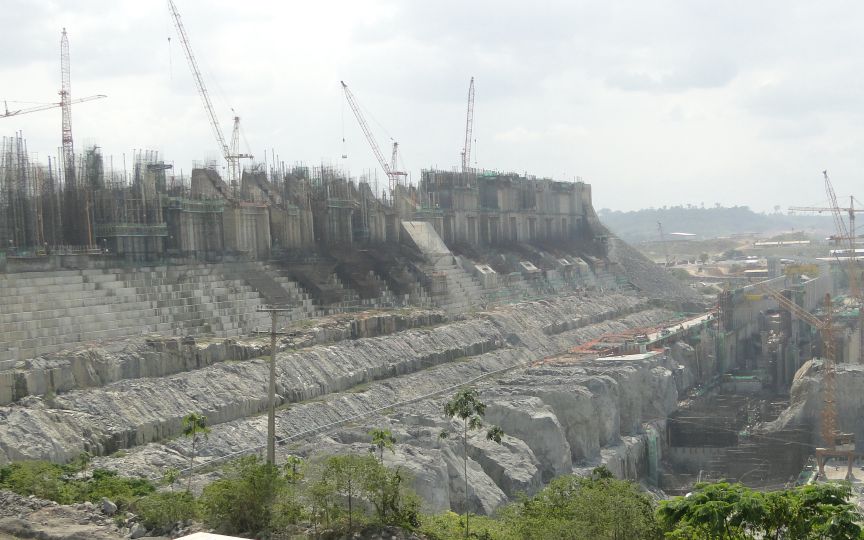By: Vijay Shankar
Send to a friend
The details you provide on this page will not be used to send unsolicited email, and will not be sold to a 3rd party. See privacy policy.
A third of the world’s freshwater fish are at risk due to dams on three large rivers, researchers warn, calling for more rigorous construction planning to prevent biodiversity and socioeconomic losses.
“The world’s most biodiverse river basins — the Amazon, Congo and Mekong — are experiencing an unprecedented boom in construction of hydropower dams,” a group of scientists writes in an article in Science last week (8 January). But the paper adds that those who back these projects “often overestimate economic benefits and underestimate far-reaching effects on biodiversity and critically important fisheries”.
These basins hold about 1-in-3 of the world’s freshwater fish species, most of which are unique to those regions. Local people depend on the ecosystem services provided by these rivers, such as fish and sediment that replenishes soil.
“The problem is that many of the most valuable species in tropical inland fisheries are highly migratory,” says lead author Kirk Winemiller, a fish ecologist at Texas A&M University in the United States. Dams block the migration routes between the high-speed waters, where fish spawn and nurture their young, and dry-season habitats.
Dams also trap sediments, depleting the nutrients that would otherwise reach deltas, estuaries and marine ecosystems. This in turn impacts agriculture, fisheries and human settlements, say the researchers.
“The Xingu River, a major Amazon tributary, provides a good example of this,” says Winemiller. For example, if the controversial Belo Monte hydroelectric project goes ahead on this river in Brazil, it will “radically change the river, its ecology and the lives of local people, especially indigenous communities that have depended on the river’s ecosystem services”.
Governments need to conduct more comprehensive studies before approving dam construction, the authors recommend.
“Far too often in developing tropical countries, major hydropower projects have been approved and their construction begun before any serious assessments of environmental and socioeconomic impacts had been conducted,” Winemiller says.
Alexandre Camargo Martensen, an ecologist at the University of Toronto, Canada, agrees. Several federal agencies in Brazil evaluate such risks, but their assessments are too short term and often fail to consider potential health impacts, he says. “Many diseases with great impacts [on] humans and domestic animal populations are known to increase a lot after the construction of these dams,” in particular those transmitted by bats and insects.Sound evaluation methods and studies are available, but they do not always carry weight in decisions to proceed with a particular project, Martensen adds, because political and economic interests take precedence over potential environmental harm.
References
Kirk Winemiller and others Balancing hydropower and biodiversity in the Amazon, Congo, and Mekong (Science, 8 January 2016)














